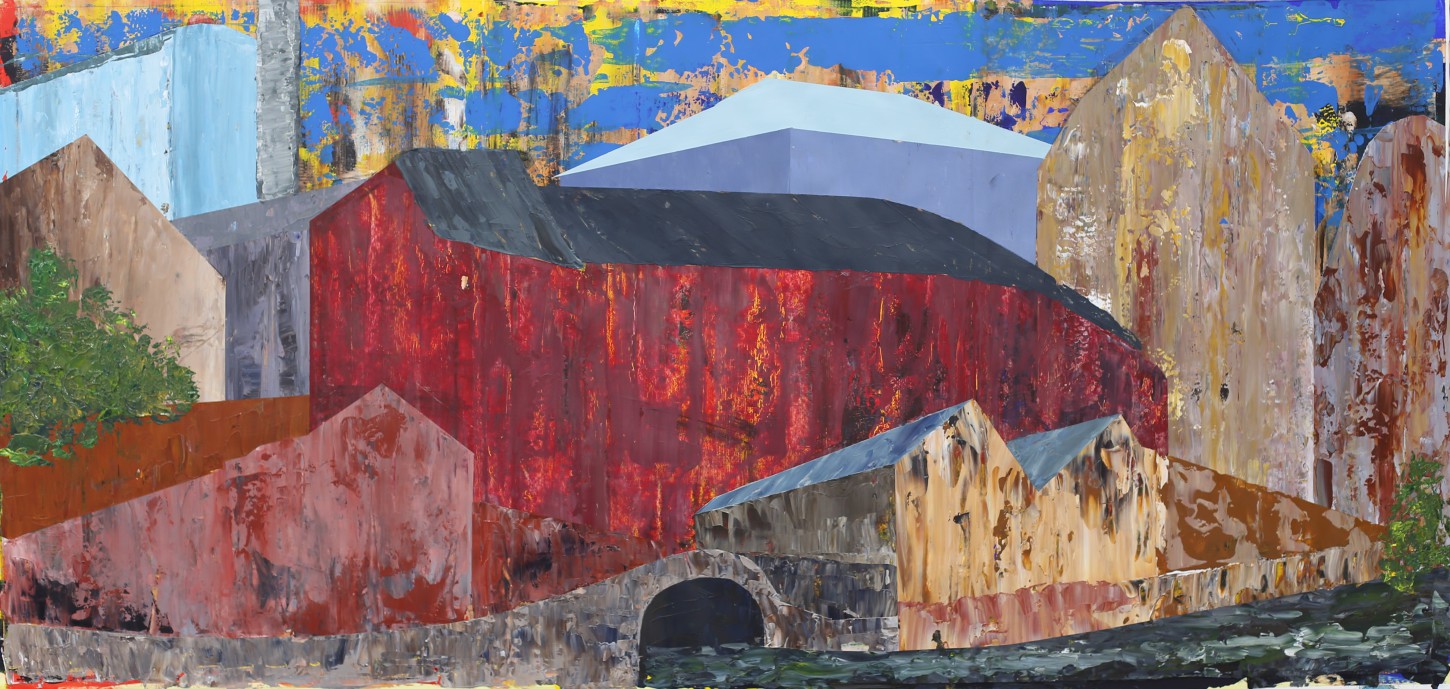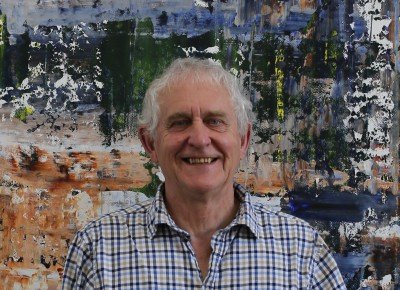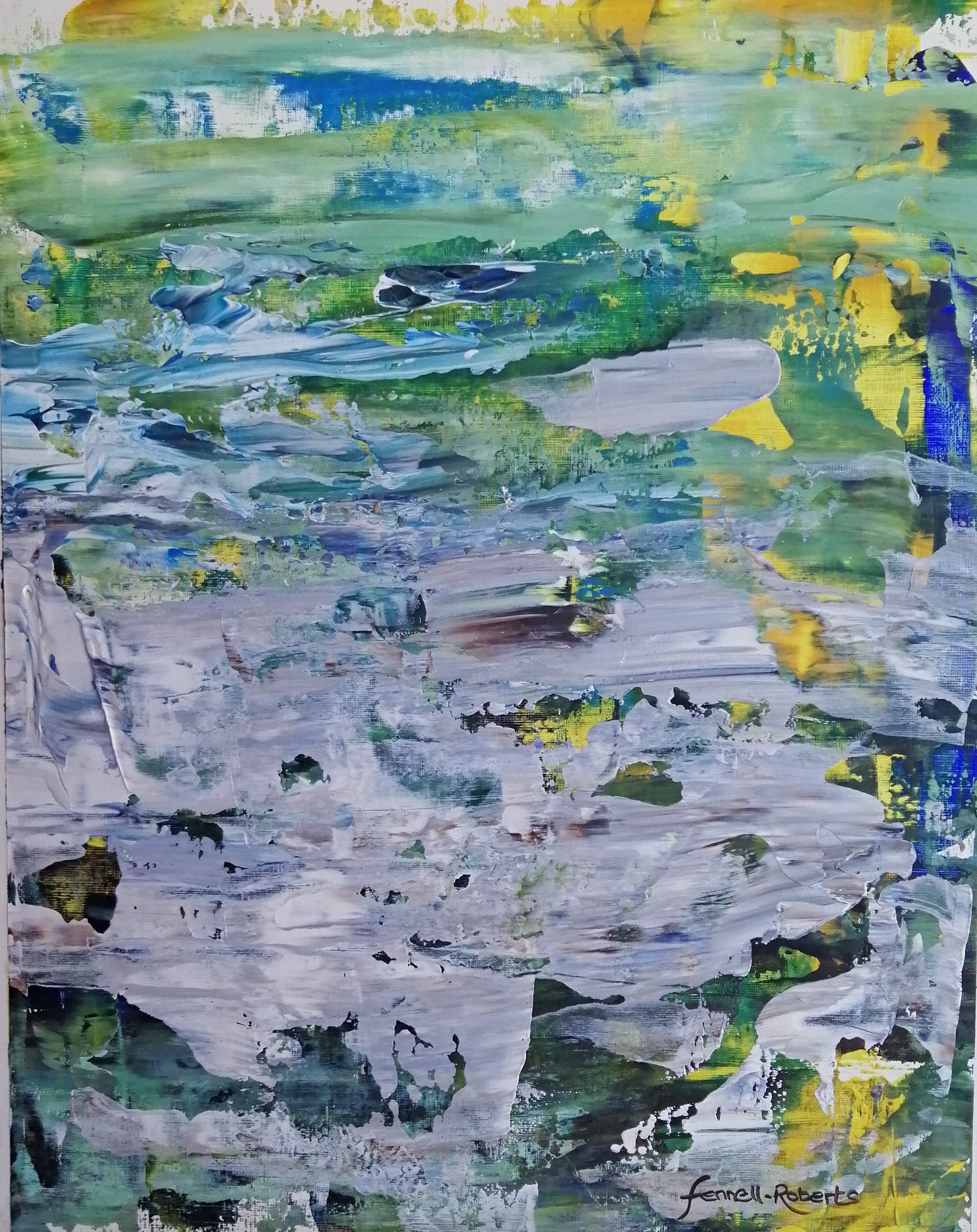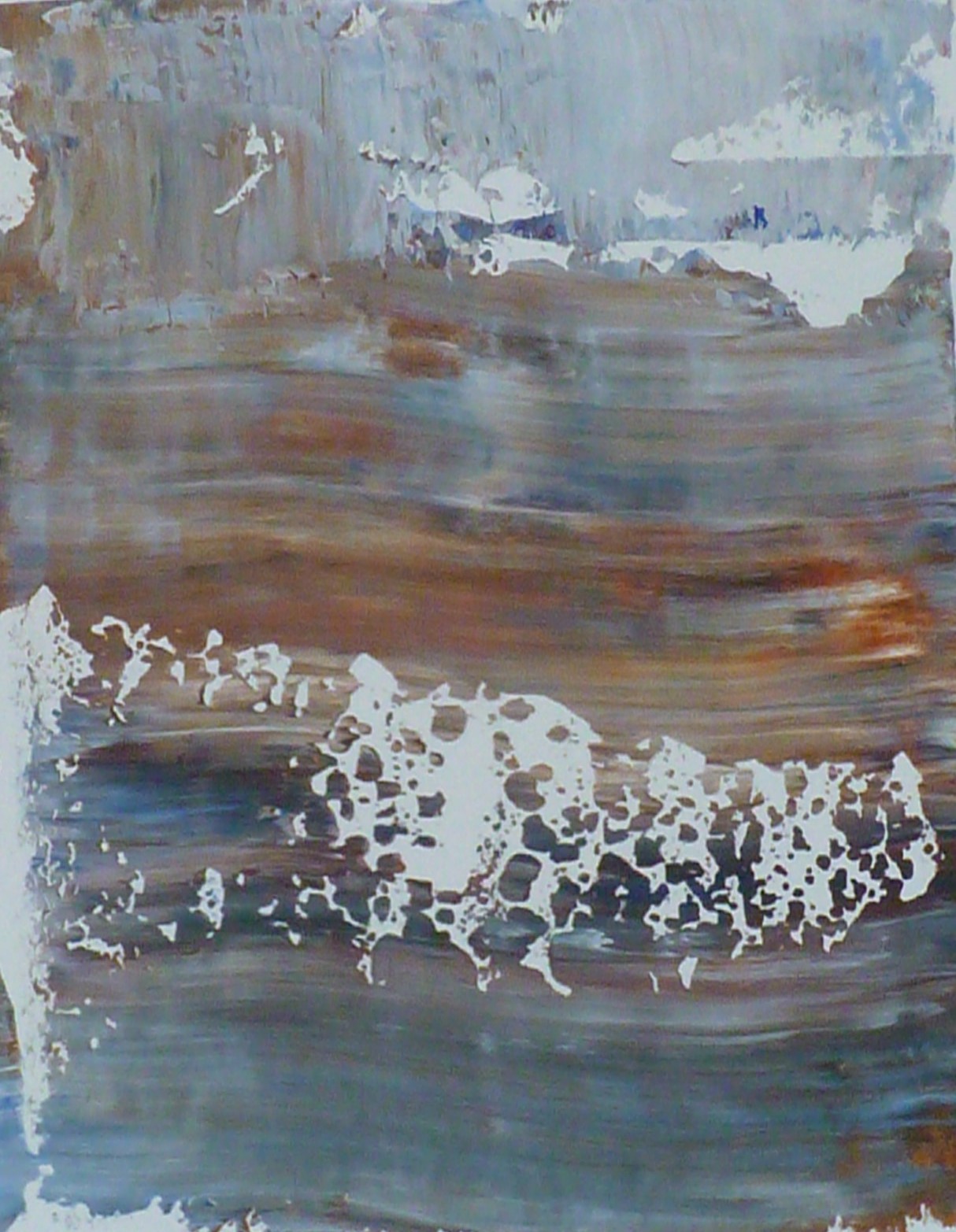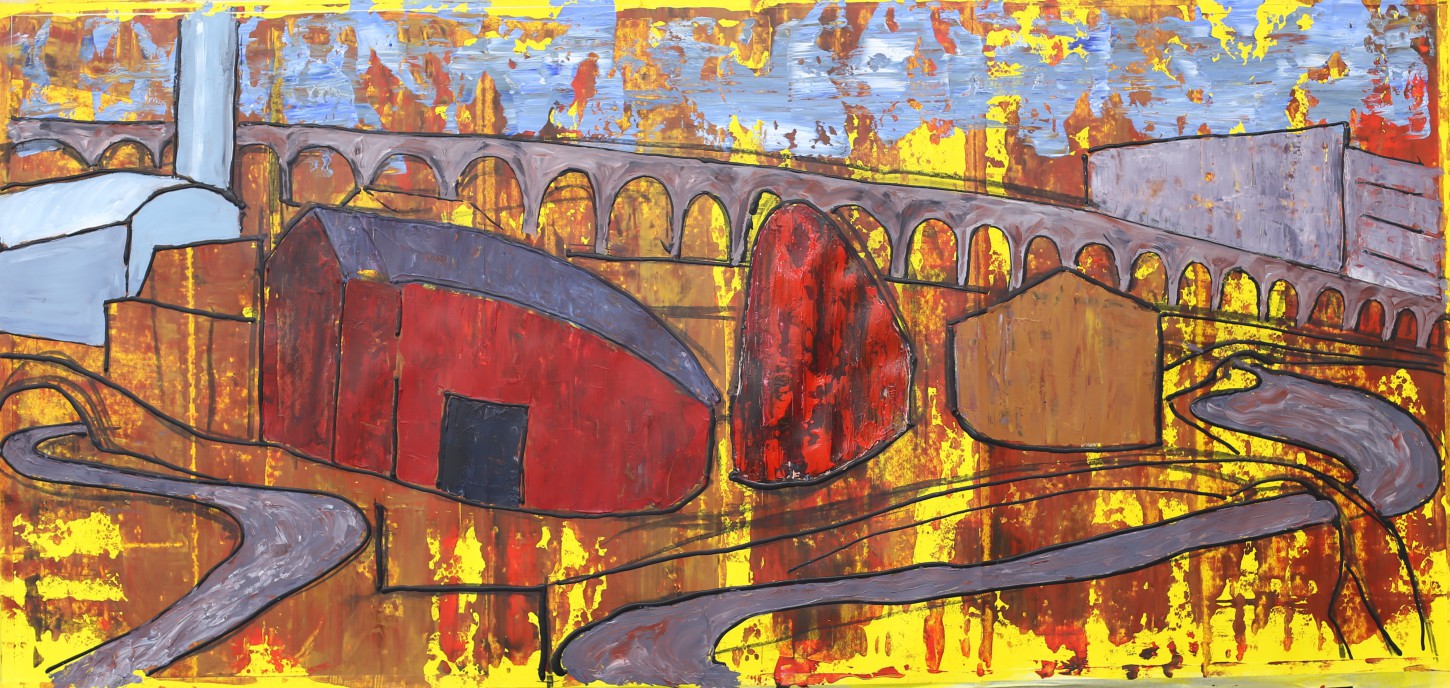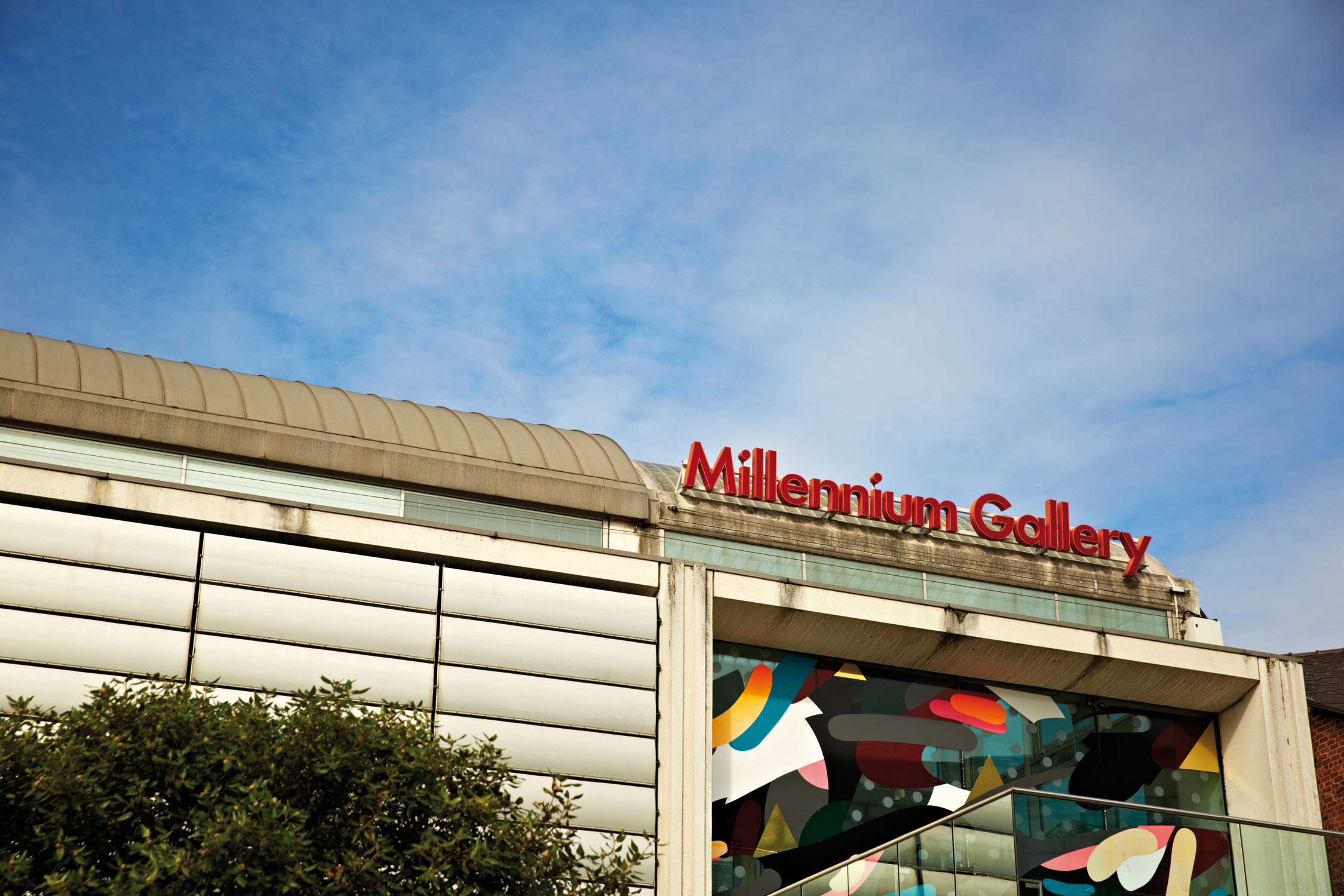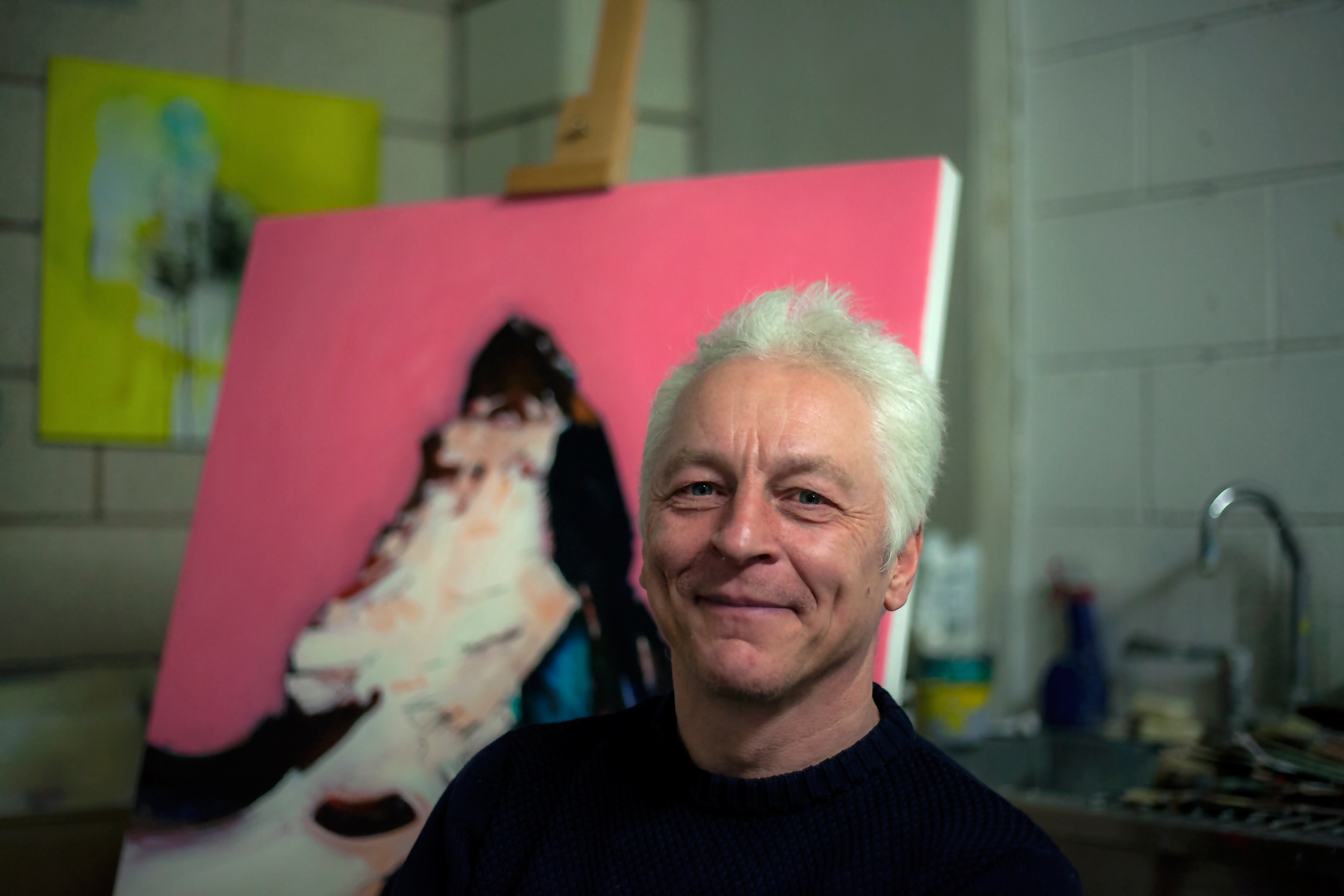How would you describe your work?
I’m a painter and printmaker. I paint landscapes (but not as you know them) – urban, industrial, rural and particularly the boundary edges of these landscapes. I seek to capture and express my inner response to places through freedom of gesture, colour and texture. My work has, rightly or wrongly, been described as post-modern expressionism but like most artists I don’t do labels. They are always incomplete caricatures, and they take no heed of changing practice.
How do you choose the themes you work with?
The themes I choose are about places that make me tingle, usually for their richness of colour and texture. They are places that I’ve come to know well. At present I’m coming to the end of working around Long Island, having spent two and a half years fitting out a boat there. There are still ideas buzzing in my head though.
I am also entranced by features of the Lower Dearne Valley, where I live. It is in the process of ‘regeneration’ after the collapse of the coal industry though there are still some unspoilt bits. When out for a walk, I found a piece of marshy ground on West Moor, withies growing, standing water, crisp clean air and intense green of soft grasses. That gave me a zing. I stood and looked until the image, thoughts and feelings were engraved in my mind. In the studio, palette knives to hand, I painted the zing. That is how I find my themes, and I paint until I am satisfied.
At other times, especially around Long Island, I sketch (big brush, big paper) and think until an idea is resolved. Or I explore the colours I’ve seen and experiment with how they flow and mix.
As my boat is now useable a new ‘theme’ is emerging around waterways. I find the boundaries between water and land, the natural fauna and places where man has intervened, the derelict or neglected and the presently used, all a great source of inspiration. It’s almost a reflection of our temporal state.
These observations and reflections are stirring new ideas – still at the notation and sketch state but making progress.
What are you working on at the moment?
In printmaking, I spent some time on introspection during a period of trouble with my mind. It was quite cathartic but the outcomes are revealing. I intend to pursue wood cut printing, as much for the joy of the gouge as anything, but I’m also wanting to use etching and collagraph as processes to explore ideas which I currently develop in paint.
Who, what or where should be better known in Sheffield?
Long Island is a part of Sheffield that should be better known and respected. Long Island (not to be confused with Kelham Island) was one of many islands created by cutting millstreams to drive waterwheels and thus machinery. Through (un-)common usage, it now refers to the space bordered by the River Don, the Sheffield and Tinsley Canal and the old railway viaduct. Get your breakfast sandwich at the ‘Effing Sandwich Shop’ on Effingham Road, talk to the workers and wander the streets. Most people who go there use it as a free car park and barely look up. [Read more about the area in David's exhibition details.]
Please don’t ‘regenerate’ it though. It doesn’t need tidying up and it’s not a theme park. Look what happened to Victoria Quays – sanitised out of existence. No boat building or repair and no habitable dwellings though there are suitable buildings there. The Dorothy Pax is bucking the trend. It is named after a 1910 working boat, a Sheffield Keel, that transported goods to and from the quays.
What would you change about the city?
I’d change the mind-set of the planners and politicians so that they facilitate more and take over less, so that they value the creative makers of the present and future in the city.
David's solo exhibition is on at The Dorothy Pax, Victoria Quays 7th November-1st December – more details.



